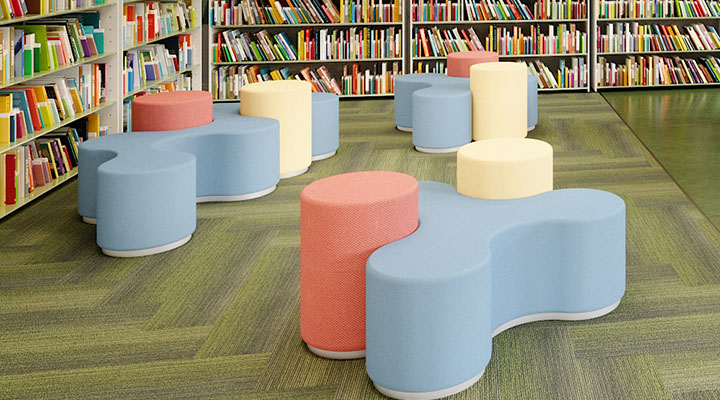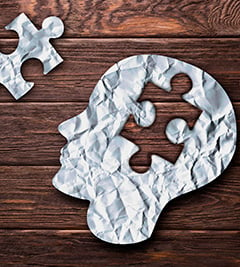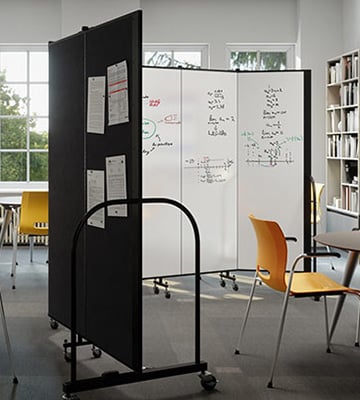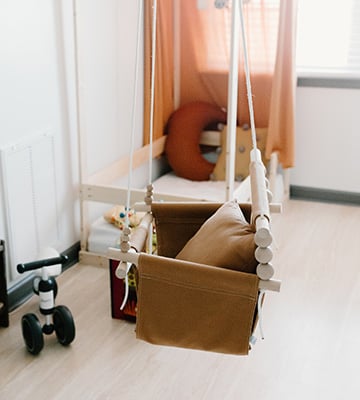The Best School Sensory Room Ideas
Market: Education
.
The school year is right around the corner, and educators are gearing up for their learning spaces. Special education teachers and occupational therapists, in particular, have dedicated sensory room classrooms to help their students with different needs learn and retain information. Since educators are putting together these classrooms as we speak, here is our complete list of ideas for the best sensory room.
What are Sensory Processing Sensitivities?
 Sensory processing issues generally refer to the stimulation levels of a person’s five sensory channels. Everyone has different levels of sensitivity to their senses, but some individuals become easily over-stimulated due to autism or various central nervous system disorders.
Sensory processing issues generally refer to the stimulation levels of a person’s five sensory channels. Everyone has different levels of sensitivity to their senses, but some individuals become easily over-stimulated due to autism or various central nervous system disorders.
Some examples of these sensitivities could include thinking the lights in a room are too bright or a sound is too loud and high-pitched. This overstimulation can cause these kids to react harshly to their environment; unfortunately, they don’t always know how to communicate this discomfort. An essential responsibility of the educators working with these types of students is to give them all the necessary tools to succeed. For this reason, putting together a sensory room helps students learn from the environment around them.
Key Factors to Consider in Your Sensory Room
- Gentle materials to the touch
- Tranquil lighting
- Soothing sounds
- Calming scents
A sensory room can be in a school, hospital, or any other facility that needs to address hyper-sensitivities. This space usually provides kids with individualized sensory input to help stimulate their senses or calm them down when they are already overstimulated.
Items You Need in Your Sensory Room
Whiteboard
Whiteboards are an excellent tool for any classroom, including a sensory room. You can instruct your kids on the whiteboard to draw circles or an “8” shape using a dry erase marker. By writing vertically, kids can work on their fine motor skills in a simple fashion. As a bonus, a freestanding whiteboard can give your kids these benefits and also offer more sound absorption and privacy within the room if kids are on the other side of it.
Variety of Soft Light Sources
Since light sensitivity is common in people with autism, sensory rooms for school-aged kids usually have soft lighting to not overwhelm their sight. These light sources can come from various items, including projectors, fiber optics, or other light tools. A projector could be great for stimulating gentle eye movement by playing different slides. Another light source you can get for your classroom is fiber optics, which promotes the sense of sight and touch because of its unique texture.
Bubble Tubes
Bubble tubes or bubble walls are other items for your sensory room if you want the light to move dynamically. These devices resemble a lava lamp with slow and steady movement in soft LED lighting. Slow-moving bubbles usually have a calming effect on people and not just those with light sensitivity. The movement of the bubbles provides stimulation that a stagnant light does not.
Body Socks
To help them feel extra safe in the room, occupational therapists will have their students wear body socks. These pressurized suits look like a flying squirrel and secure a person’s whole body and usually zipper up to their neck. This tool helps students especially sensitive to touch by giving them a private space within the bigger room. The soft fabric is also gentle on their skin, which prevents pain or overstimulation from harsher materials.
 Sensory Room Swing
Sensory Room Swing
Adding a swing to your sensory room can help your students engage in their motor skills. The swing can have various looks, although softer materials will generally feel more comfortable.
When it comes to your classroom, you ultimately have to do what’s best for you and your students. By using this list of sensory room items, you can create the best space possible for your students.